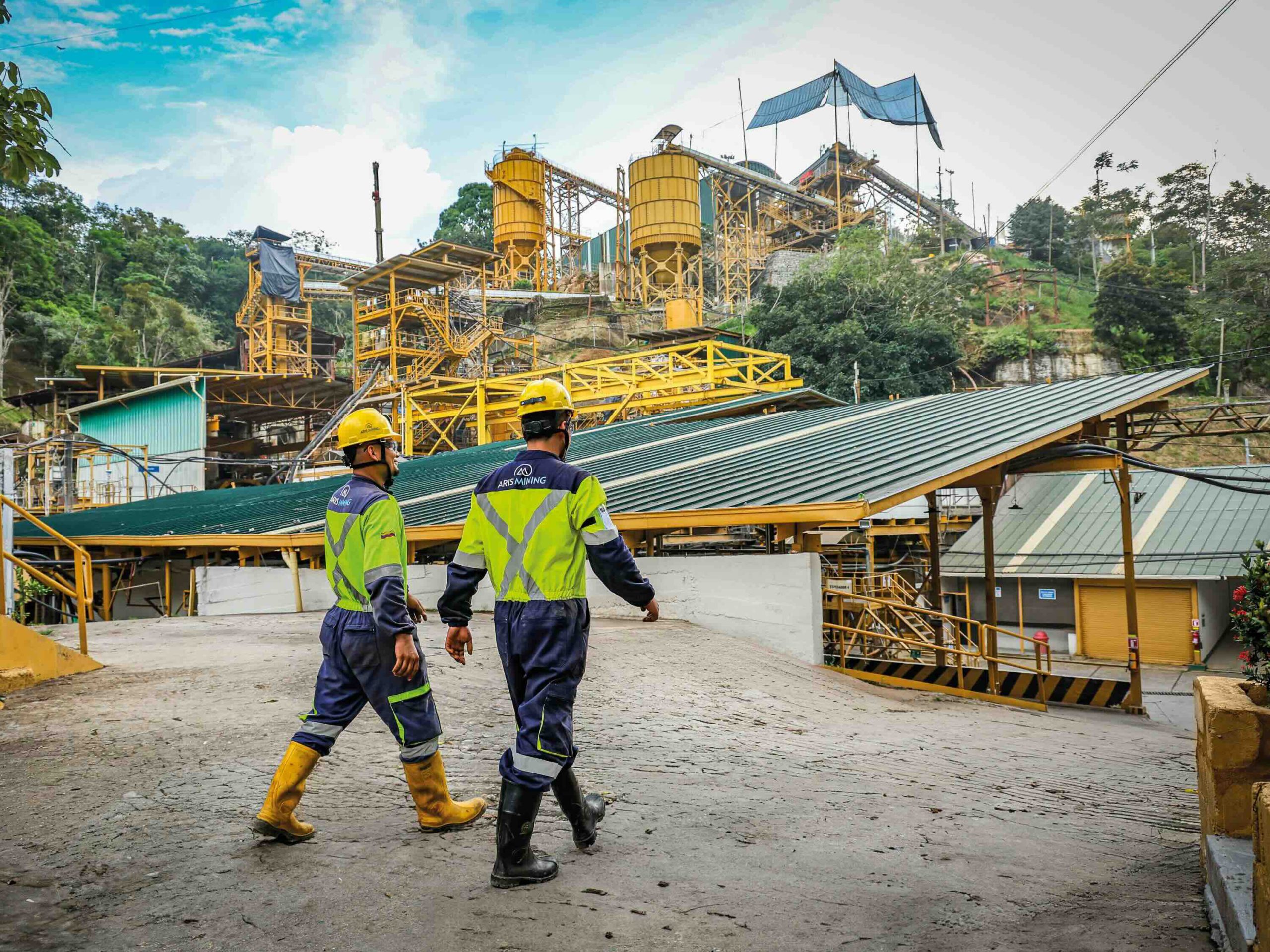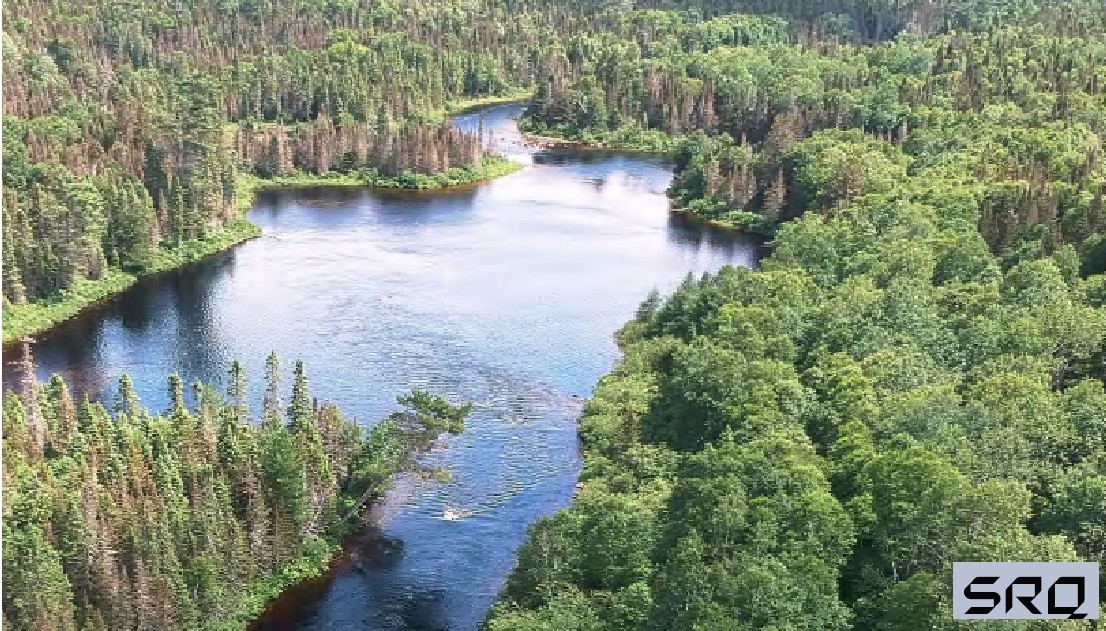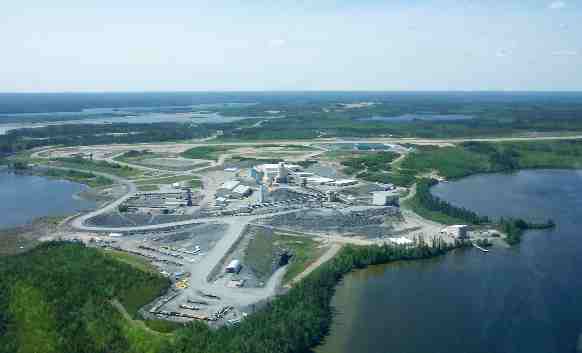Parched & Persistent
Mongolia is about as far from Vancouver as any other place on the planet, but that didn’t stop Ivanhoe Mines Ltd. from believing that “an excellent opportunity” lay beneath its vast Gobi Desert, more than 8,200 kilometers away.
In fact, the distance from home was one of the company’s least concerns as it ventured into the relatively unknown, and certainly untapped, resources that geologists believed could be buried deep within an isolated country surrounded by China and Russia.
Twelve years ago when Ivanhoe Mines gambled on Mongolia, and the word applies to far more than from a financial perspective, the company was truly venturing into unknown territories. The site of today’s Oyu Tolgoi copper-gold operation (about 550 km south of the capital, Ulaanbaatar, and about 80 km north of the Mongolia-China border) was once nothing more than a stony, wind-swept hill in the desert.
Archaeological evidence shows, however, that the area was visited by artisans as far back as the Bronze Age, approximately 4,000 years ago. These artisans dug pits to recover oxide copper and produced copper – which is a major component of bronze – through primitive smelting.
The harsh and uninviting environment then received little attention for millennia until the late 20th century when the first geological reconnaissance took place during the 1980s.
Inspected by a joint Mongolian-Russian regional geochemical survey that originally reported the Central Oyu area as a molybdenum anomaly, the first hints of interest in the region’s minerals were growing.
In 1996, BHP acquired Magma Copper, which had an exploration licence for Oyu Tolgoi, and began to look at the region as part of its world-wide quest for minerals.After more three years and 3,900m of drilling from 23 diamond core holes, BHP decided to withdraw from Mongolia and invited joint venture offers for the property.
Ivanhoe, which had been surveying potential prospects in Mongolia, was intrigued to see Oyu Tolgoi core samples at BHP’s core shack display at the annual PDAC conference in 1999. After visiting the site, Executive Vice President of Exploration Doug Kirwin submitted a report that “strongly recommended” that Ivanhoe negotiate a deal for what he was convinced was an “excellent opportunity.” Seven months later an earn-in deal was done.
Armed with BHP’s information and a crew of Mongolian geologists, including D. Garamjav who first visited Oyu Tolgoi during a 1983 survey, Ivanhoe Mines quickly set up camp. Within weeks of signing the agreement in May 2000, Ivanhoe Mines started a reverse circulation (RC) drill program, and by the end of the year, had completed 109 holes totaling more than 8,800 m.
In 2001, the exploration budget was under strain. Ivanhoe’s program focused on a supergene-enriched, chalcocite blanket discovered by an earlier BHP hole. Then, with the discovery of additional high-grade supergene copper mineralization, the company concluded that its “excellent opportunity” could turn out to be even better than anticipated.
Ivanhoe’s first deep diamond hole to test the mineralization hit 508 m that averaged in excess of one gram of gold per tonne and 0.81% copper, and included a zone of 278 m grading in excess of 1.0% copper and approximately 1.50 grams of gold per tonne.
By 2002, Ivanhoe was on a roll and in March of that year it knew its discovery was more than just encouraging: it was potentially huge and that’s when the company issued its first, independent Oyu Tolgoi resource audit which estimated the deposit contained inferred resources, based on a cut-off grade above a 0.30% copper equivalent, of 588 million tonnes, grading 0.53 g/tonne of gold and 0.41% copper, containing 10 million ounces of gold and 5.3 billion pounds of copper.
It’s been almost a decade since the audit confirmed Ivanhoe’s early optimism, and since that sense became a reality, others have become believers too. In 2006, mining giant Rio Tinto came on board to form a strategic partnership with Ivanhoe Mines for the development of the Oyu Tolgoi copper-gold mining complex.
As can be seen, it’s a huge, multi-faceted undertaking, and at an estimated cost of US$4.6 billion, it’s also financially the largest project in Mongolia’s history and certainly ranks as one of the world’s largest mining projects currently under construction.
But aside from its financial status, the Oyu Tolgoi project is also a world-class project for many other reasons.
First of all, building the complex has involved more than 10.8 million “safe hours” of employment, no easy feat, with over 14,800 workers currently based at the project site.
With an anticipated mine life of at least 59-plus years, based on resources identified to date, the site will also become a permanent community in the region where there will now be reason for the Mongolian Government to seriously consider investing more towards the infrastructure in order to service this resource.
Clearly, the project is massive, and since Ivanhoe Mines’ initial audit almost 10 years ago, the picture has become clearer and more impressive.
For example, it’s now known that the Oyu Togoi mine contains (as of 2010) 81 billion pounds of copper, and 46 million ounces of gold. With commercial production scheduled to start in 2013, the average annual output during the first 10 years of operation is expected to exceed 650,000 ounces of gold, three million ounces of silver and 1.2 billion pounds (544,000 tonnes) of copper.
Expectations are one thing but producing is another and there again, Ivanhoe Mines is right on target.
In addition to more than 950,000 m of exploration drilling (and still counting), more than 9 km of underground tunnels have been completed in the Hugo Dummet block-cave mine; and 1.3 million tonnes open-pit pre-stripping material have been moved.
Initially the mine will process 100,000 tonnes of ore per day and will eventually reach 160,000 tonnes per day from both the open-pit and underground operations. Development scenarios are studying future output expansions of up to 265,000 tonnes per day.
The planned height of the first production shaft for the underground mine is 97 m and already more than 60 m have been completed, and when you consider the surrounding landscape at the Oyu Tolgoi site, it’s quite a sight already!
And naturally, none of this work would be at the stage it is now without the 14,800+ workers at the site.
The Oyu Tolgoi project is truly one of the mining wonders of the world and even though it’s located more than 8,200 km and over a 12-hour airplane trip across the Pacific Ocean from Ivanhoe Mines’ Vancouver office, it’s a ride they wouldn’t have missed for the world.





Comments